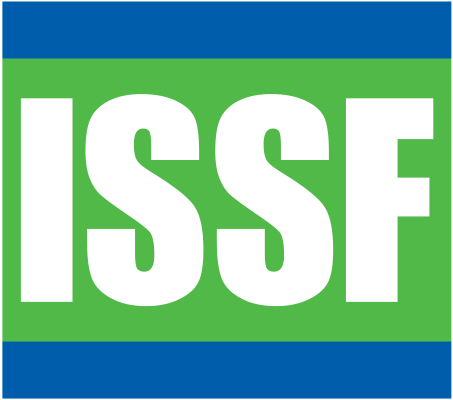Document: ISSF 2016-08: Advances in the Use of Entanglement-Reducing Drifting Fish Aggregating Devices in Tuna Purse Seiners
Early drifting fish aggregation device (DFAD) designs characteristically used large-meshed purse seine net in their floating and submerged components. Unintentional entanglement of sharks, primarily silky sharks (Carcharhinus falciformis), and to a lower degree turtles has been observed in this type of DFAD. Since 2005 scientists and tuna purse seiner fishers have been collaborating to design DFADs that minimize the likelihood of entanglement. The acceptance level of entanglement-reducing DFADs by fishers and ship-owners has progressed rapidly since 2010. Fleets like those of the European Union have replaced traditional FADs with lower entanglement risk (LER) and non-entangling (NE) FADs, while experiencing no decrease in tuna catches. This article describes entanglement-reducing DFAD adoption by key fleets documented through ISSF Skipper Workshops. At present, progress toward the adoption of LER and NE FADs appears to be highest in the Indian and Atlantic Oceans, medium in the Eastern Pacific and lowest in the Western and Central Pacific. Currently, all tuna regional fishery management organizations (RFMOs) except for the Western and Central Pacific Fisheries Commission (WCPFC) adopted requirements or recommendations for a transition towards NE DFADs.
Downloads: 12864 | 545859 | Views: 2
Murua, J., D. Itano, M. Hall, L. Dagorn, G. Moreno, and V. Restrepo. 2016. Advances in the use of entanglement-reducing drifting fish aggregating devices (dFADs) in tuna purse seine fleets. ISSF Technical Report 2016-08. International Seafood Sustainability Foundation, Washington, D.C., USA.
